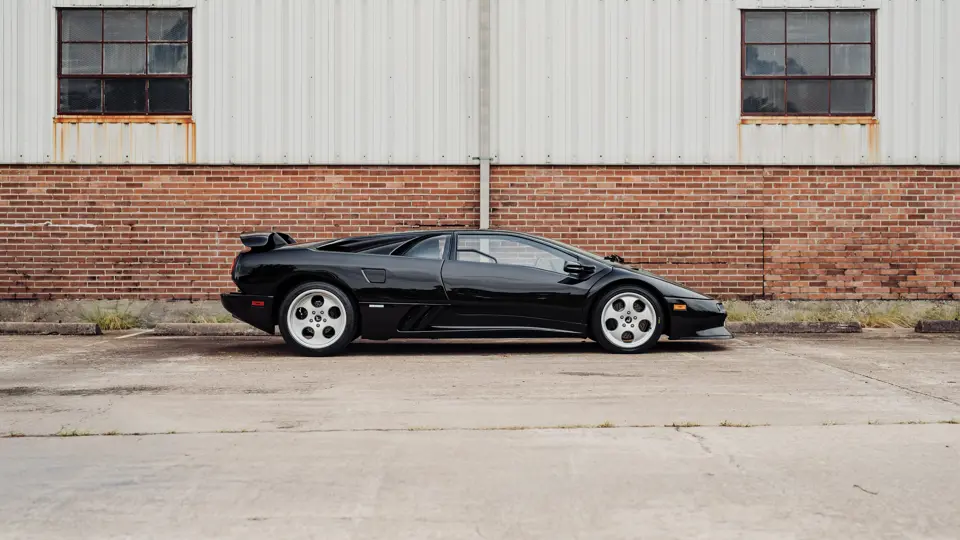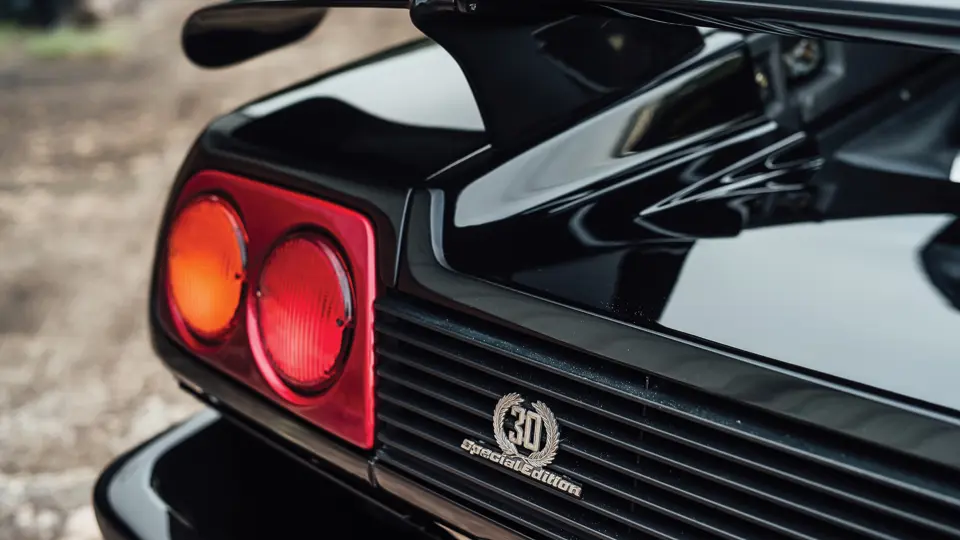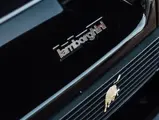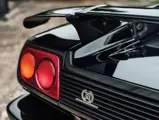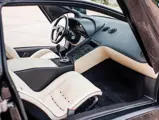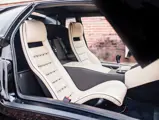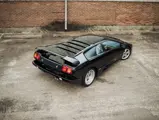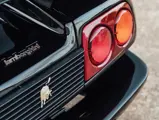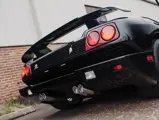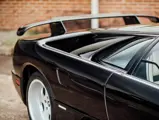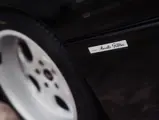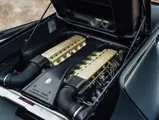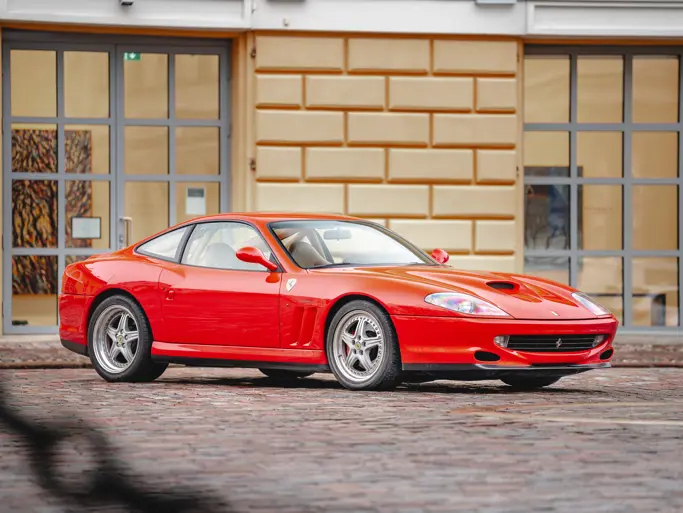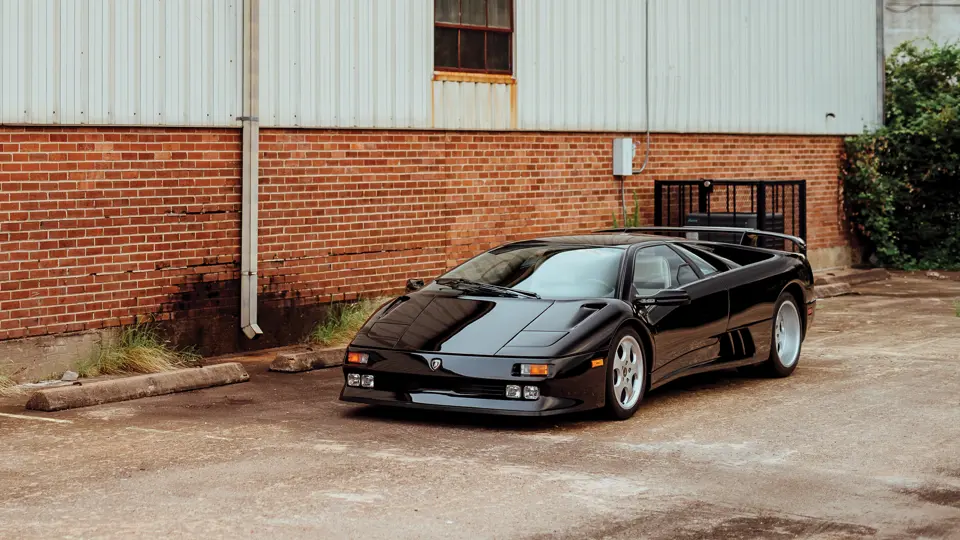
1994 Lamborghini Diablo SE30
{{lr.item.text}}
$525,000 - $725,000 USD | Not Sold
{{bidding.lot.reserveStatusFormatted}}
- The 89th of 150 limited editions
- Showing only 198 original kilometers; exceptionally original
- Built to commemorate Lamborghini’s 30th anniversary
- The ultimate ultra-lightweight rear-wheel-drive version of the iconic Diablo
- One of two finished in Nero Metallizato over cream; the only extant
- Recently serviced in 2016
A decade after the Lamborghini Countach forever altered the supercar landscape, the company’s engineers in Santa’Agata Bolognese set to work on its replacement. The new model had big shoes—or wide Pirelli tires—to fill as not only did it have to astound with its performance, its looks needed to be breathtaking.
The new model, Project 132, was to rise from the ashes during Lamborghini’s most challenging period. Swiss brothers Jean-Claude and Patrick Mimran took control of Lamborghini in 1980 and began investing heavily in turning the Italian legend from a boutique brand to a legitimate supercar builder. Chief among the Mimrans’ restructuring goals was the pressing need to replace the aging Countach.
This was no easy task, even for Bertone-trained designer Marcello Gandini, who had penned the original. Gandini’s design for the Mimran brothers fit the wedgy, sharp-angled mold, yet trouble for the company still loomed in the distance. That’s when Lee Iaccoca-driven Chrysler stepped in as Lamborghini’s unlikely hero. Cash-flush Chrysler was on a buying spree and Lamborghini was small enough to acquire. The automaker’s executives back in Detroit did not have strong feelings for Gandini’s prototype design. Their remake ruffled Gandini, whose two-decade relationship with Lamborghini ended abruptly.
When the Diablo was formally unveiled in early 1990, critics praised its clean shape and performance nearly as much as they did its big boost in creature comforts. Beneath its rear deck sat a mid-mounted, 48-valve variant of Lamborghini’s dual-overhead cam 5.7-liter V-12 engine with computer-controlled multi-point fuel injection. The engine was good for 485 hp and 428 foot-pounds of torque, enough to catapult the rear-drive supercar to 60 mph in just 4.5 seconds.
Lamborghini held off boosting the Diablo’s straight-line performance until the SE30 bowed in 1993 as a special-edition model celebrating the marque’s three decades. In the three years since the Diablo’s debut, the Ferrari F50 and Bugatti EB110 proved fierce rivals—the latter penned by Marcello Gandini. In response, Lamborghini boasted that the Diablo SE30 was essentially a street-legal race car with its substantially lightened body and a healthy 48-hp boost in power.
The SE30 retained Lamborghini’s legendary V-12 but featured a revised fuel system, magnesium intake manifolds, and a free-flow exhaust that combined to up its output to 525 hp. Unlike the Diablo VT, the SE30 was a raw, rear-wheel-drive machine.
Driver-adjustable sway bars controlled by a cabin-mounted switch transitioned the SE30 from firm to race-stiff. Lamborghini turned to carbon fiber for many of the SE30’s body panels, and the company used race-specification brakes to bring its lighter, faster Diablo to a halt.
Unlike some superlight models, the SE30 was the real deal. It weighed about 3,150 lbs., a savings of more than 300 lbs. over the standard rear-wheel drive Diablo and nearly 400 lbs. over the all-wheel drive VT. Lamborghini also eliminated creature comforts such as air conditioning, power steering, the Alpine audio system, and the multi-adjustable leather seats. Purposeful carbon fiber seats fitted with four-point racing harnesses held the driver and passenger in place. Even the power windows were removed in favor of fixed plexiglass units with a sliding vent window.
While most of Lamborghini’s 30th birthday gifts to its owners were swathed in a decidedly period metallic purple, the SE30 offered here is one of just two painted Nero Metallizato and trimmed with a cream interior with black piping. It is also believed to be the only remaining example in this stunning combination. The car was also fitted with air conditioning from the factory. Number 89 of the 150 built, this SE30 was delivered new to Montreal-area dealer John Scotti, who kept the car in his private collection until 2012. It was then acquired by the previous owner until 2016 when it was purchased by the current collector and freshly serviced by Scotti prior to talking delivery. Its current owner has continued to preserve the exceptionally original Diablo, and it shows a mere 198 km on its odometer.
All original throughout, this rare anniversary edition Lamborghini is presented in factory-original condition and with only essentially delivery mileage since new. Compared to many of its limited-production contemporaries, such as the F50 and EB110, this pristine SE30 represents an excellent opportunity to acquire an otherwise undervalued supercar of the 1990s, and one that is rarer yet. The SE30 is also preferred by Lamborghini collectors compared to its AWD brethren, as it retains the raw and dynamic rear-wheel driving experience.
This exceptional Diablo SE30 includes all of its original tools, books, and its four-point racing harnesses. As is to be expected from its low odometer reading, the SE30 shows no signs of use and remains in extraordinary condition. As a celebration of Lamborghini’s 30th anniversary, this Diablo SE30 is a fitting tribute suitable for the most discerning collector.




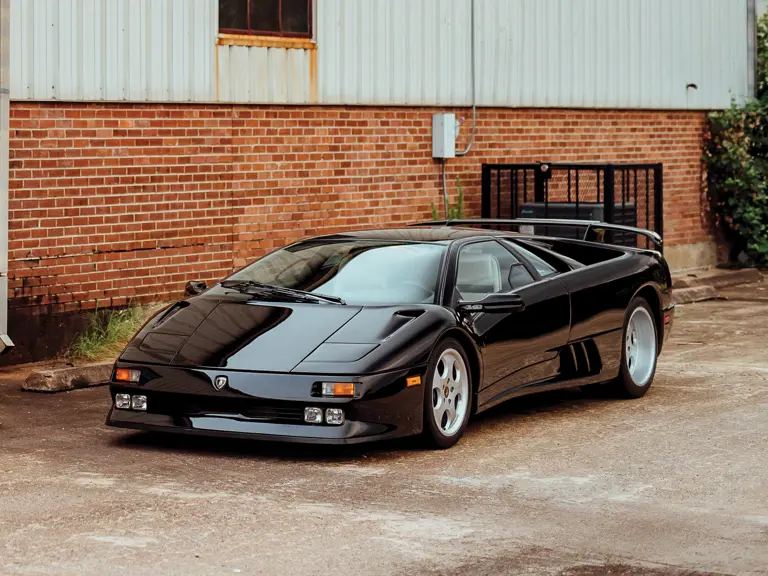
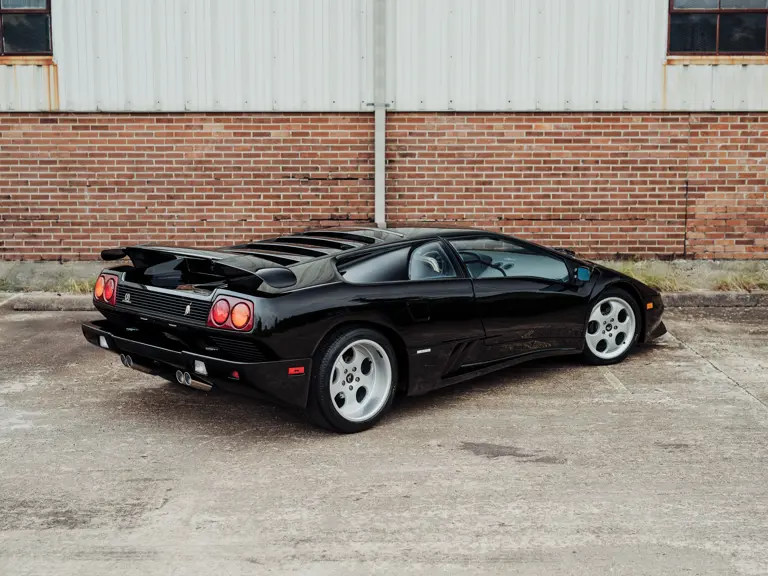

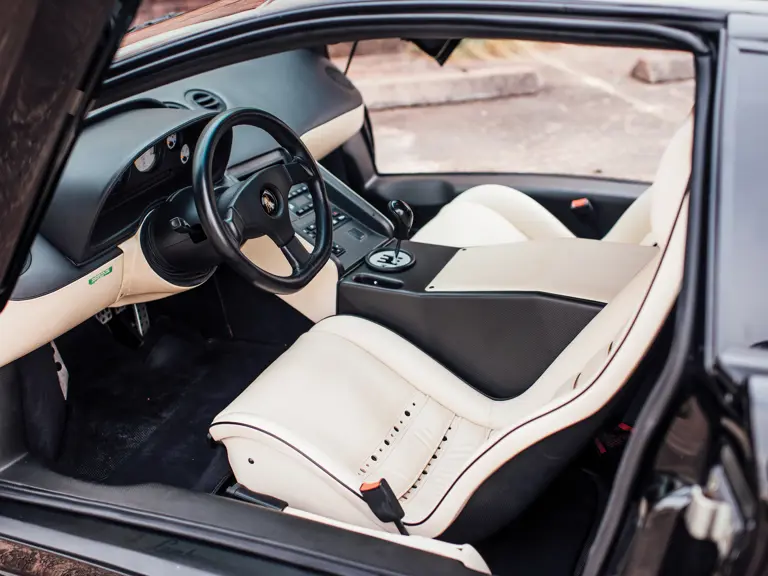

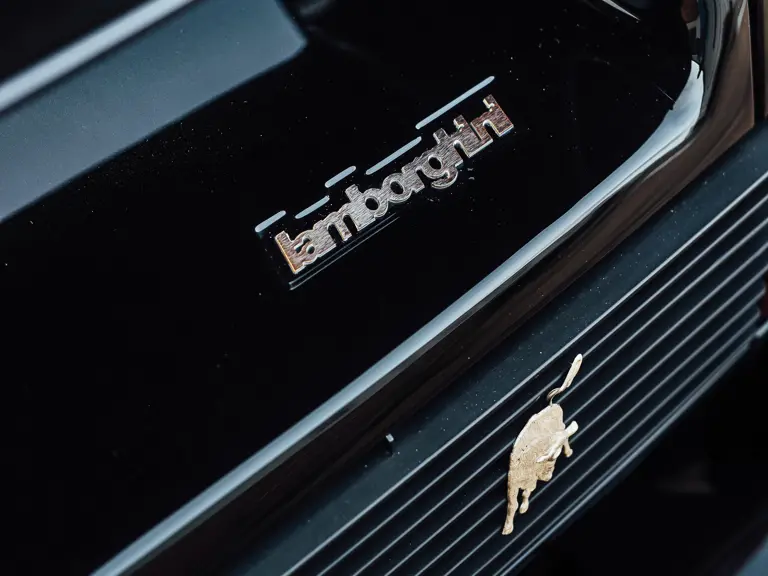
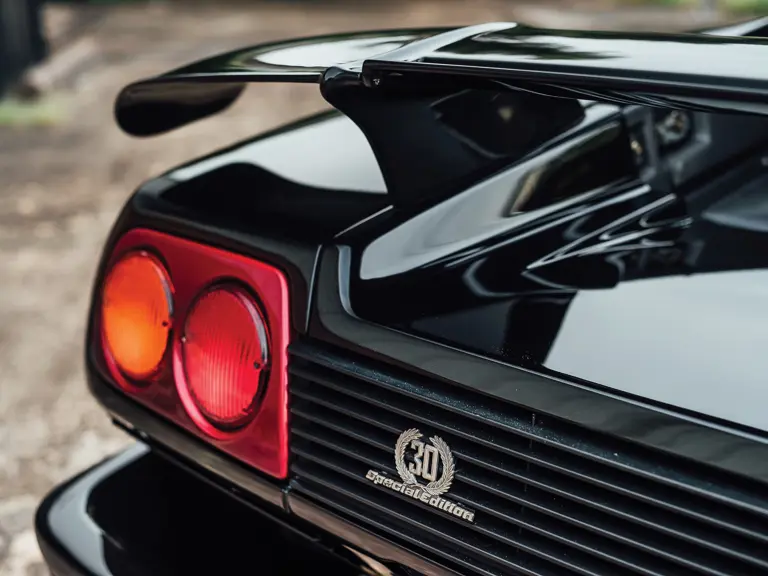
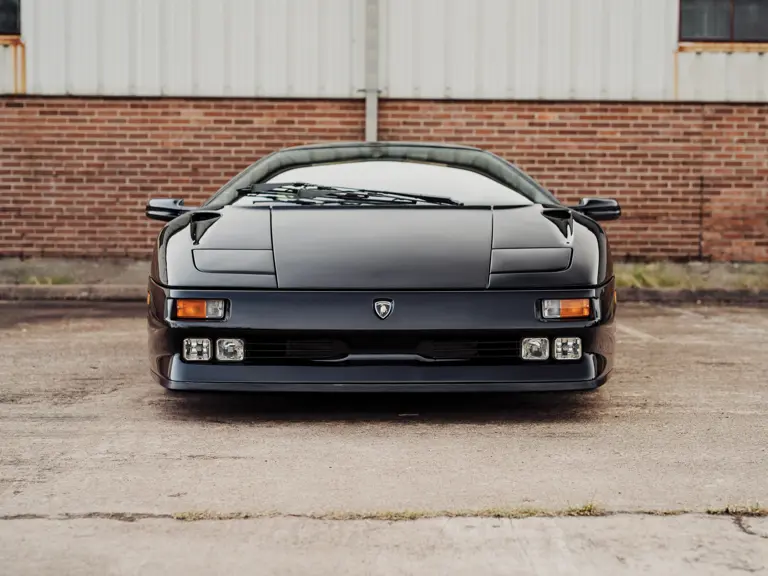
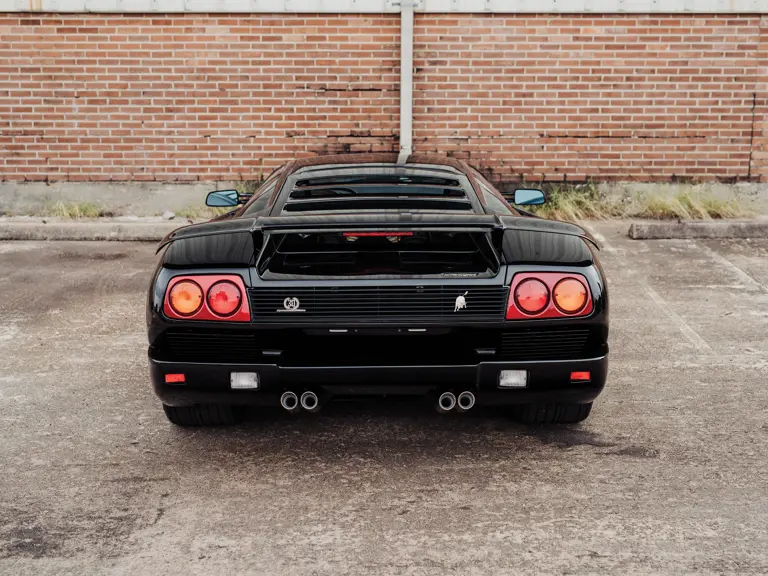
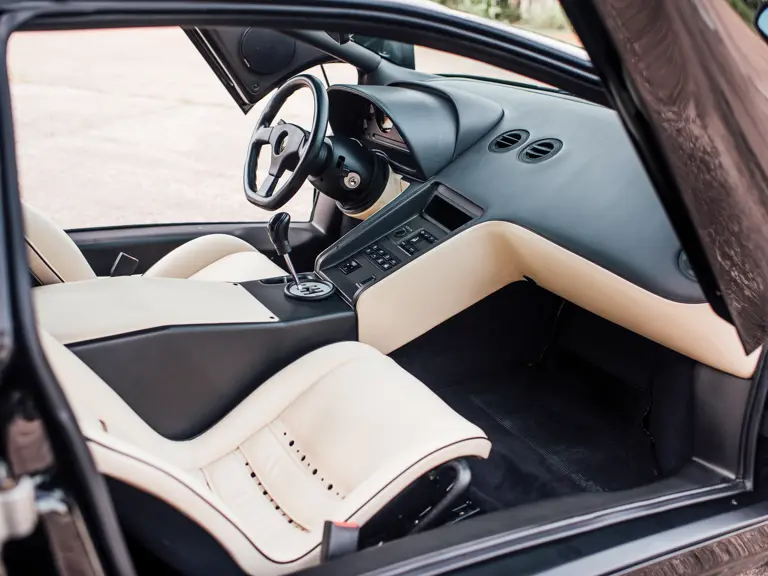
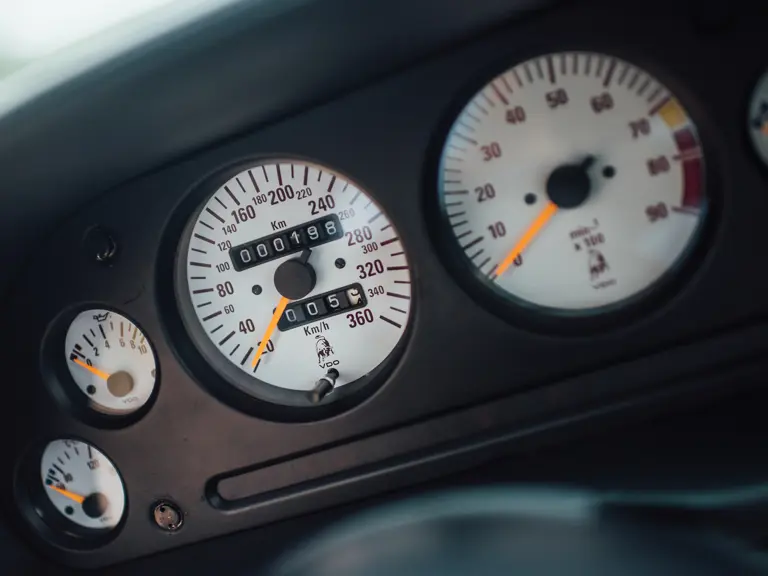
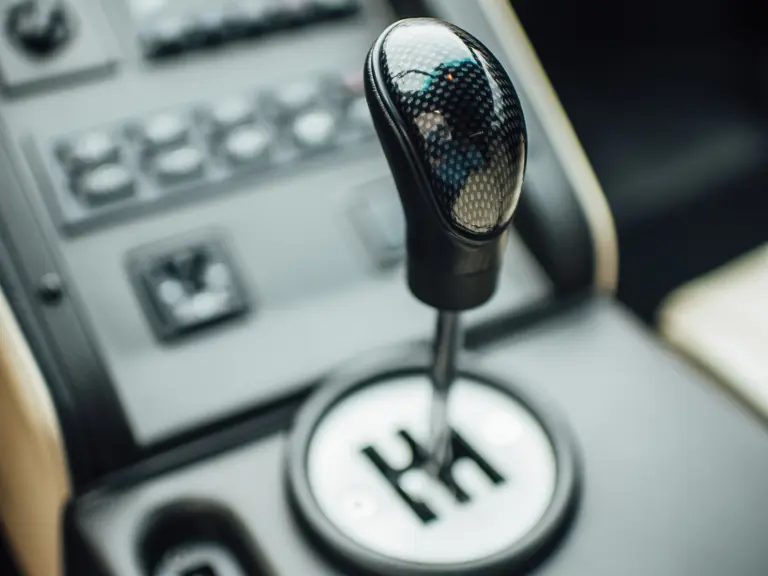
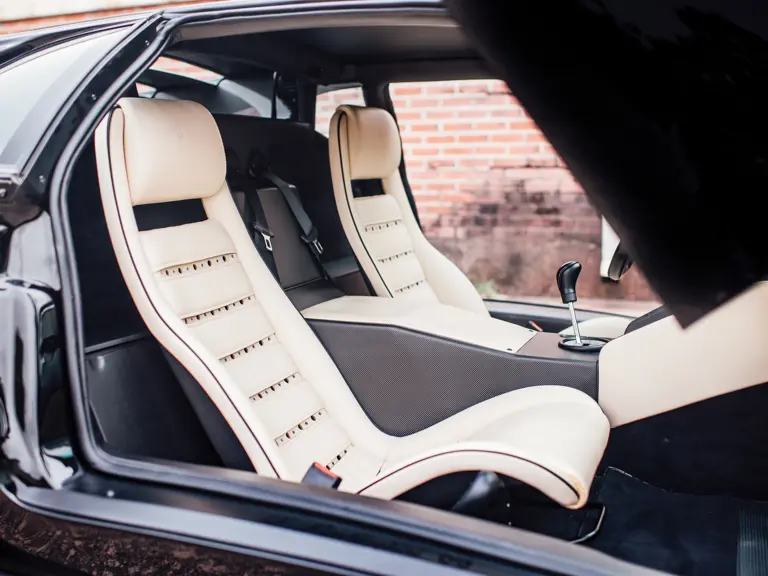
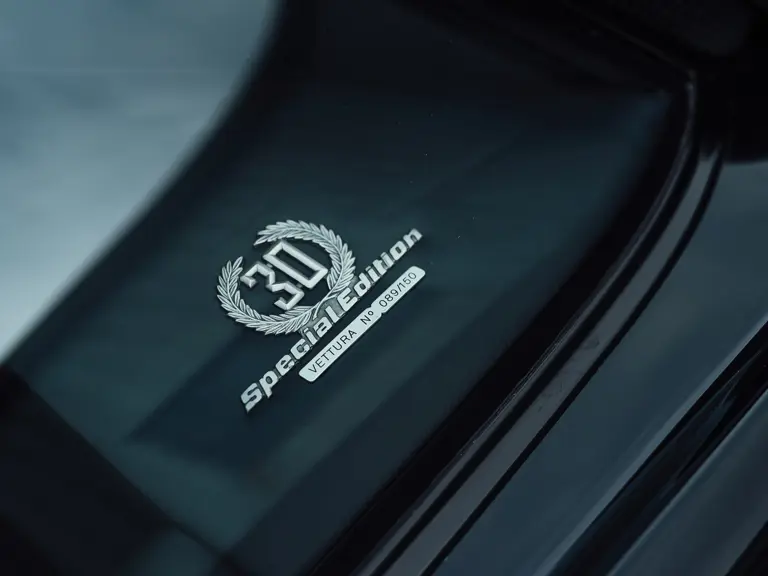

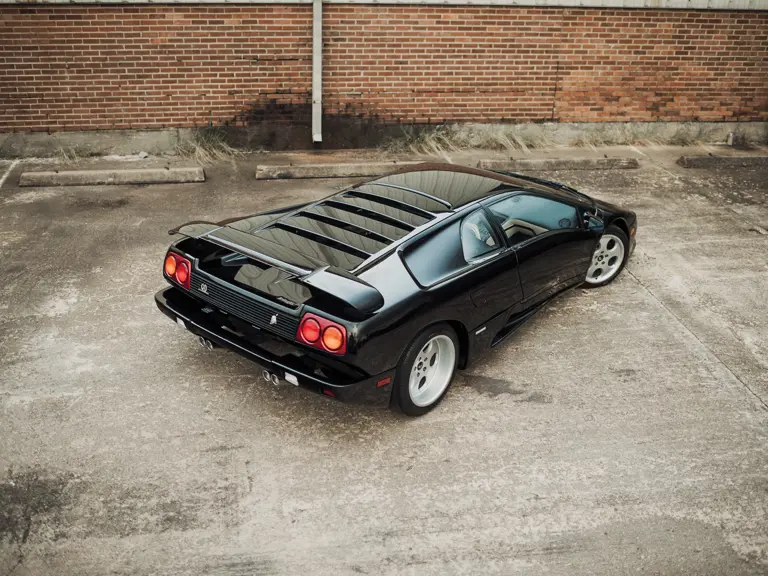
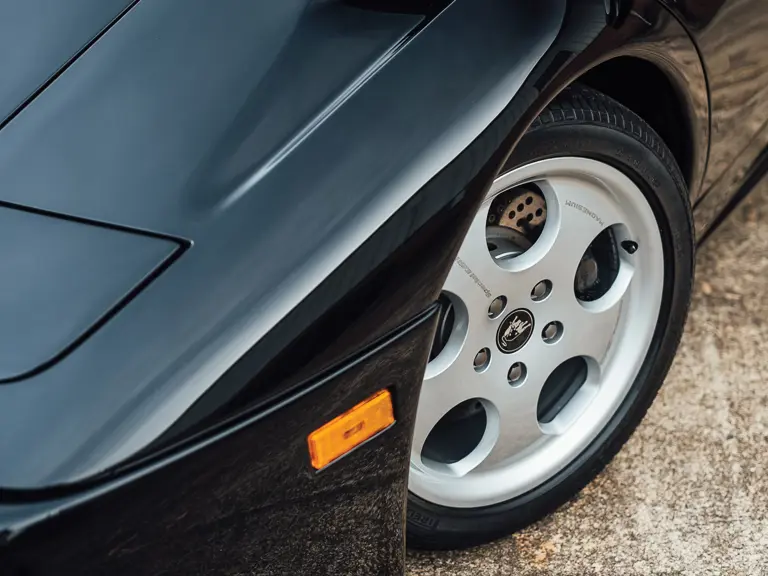
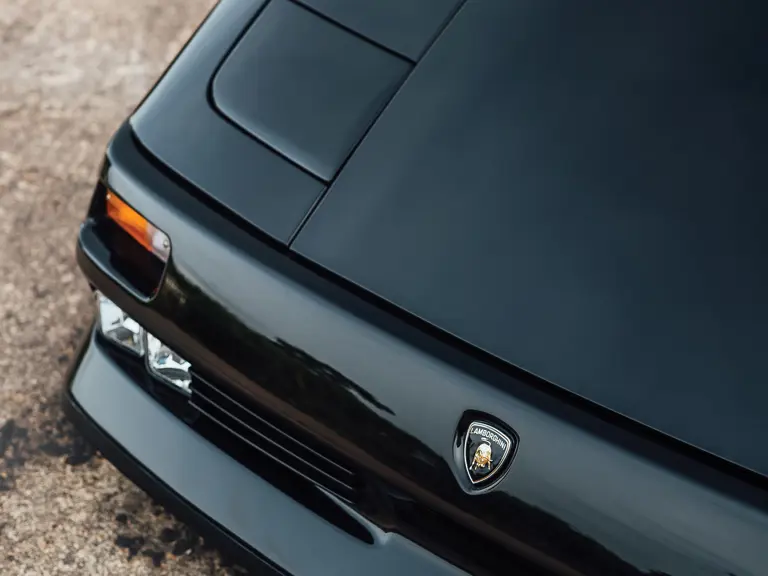
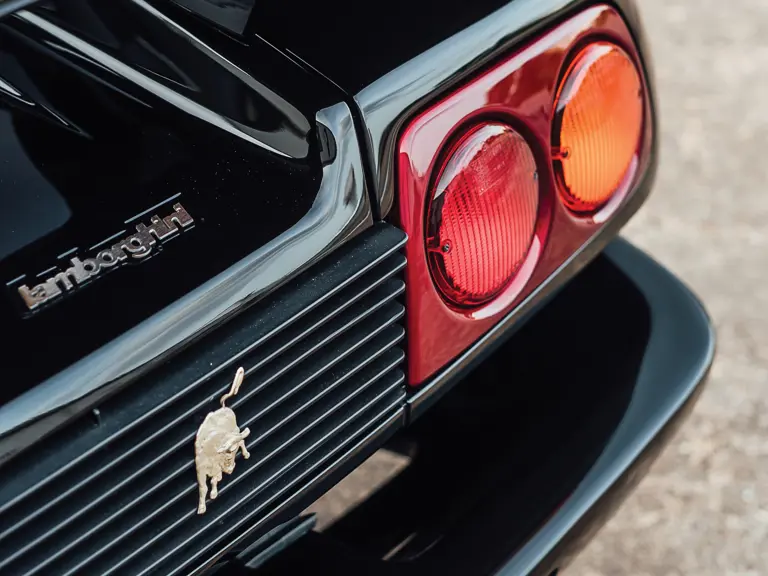
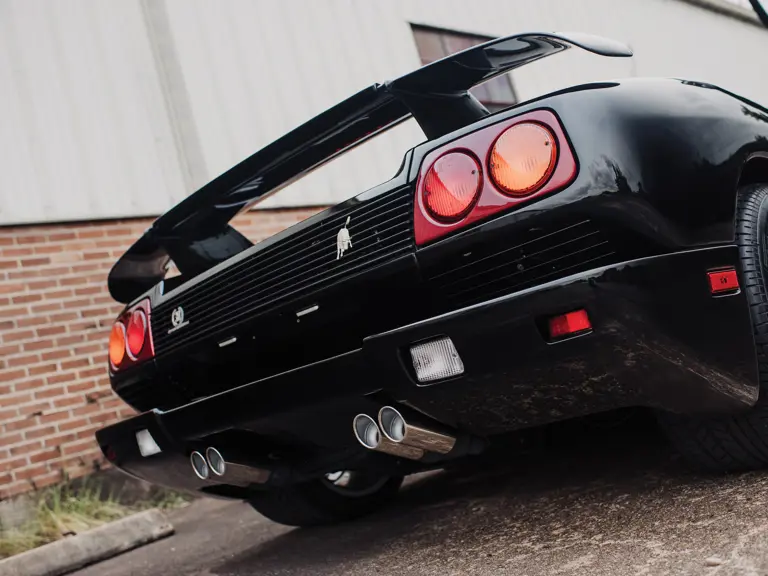
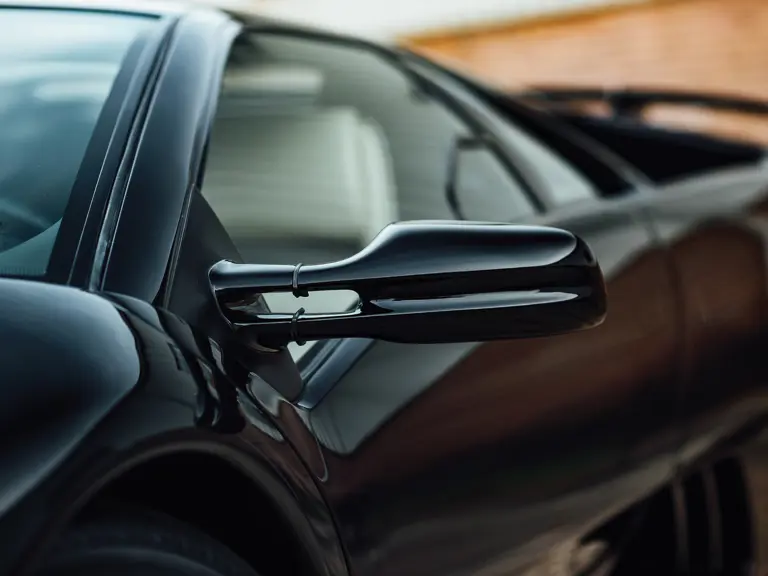
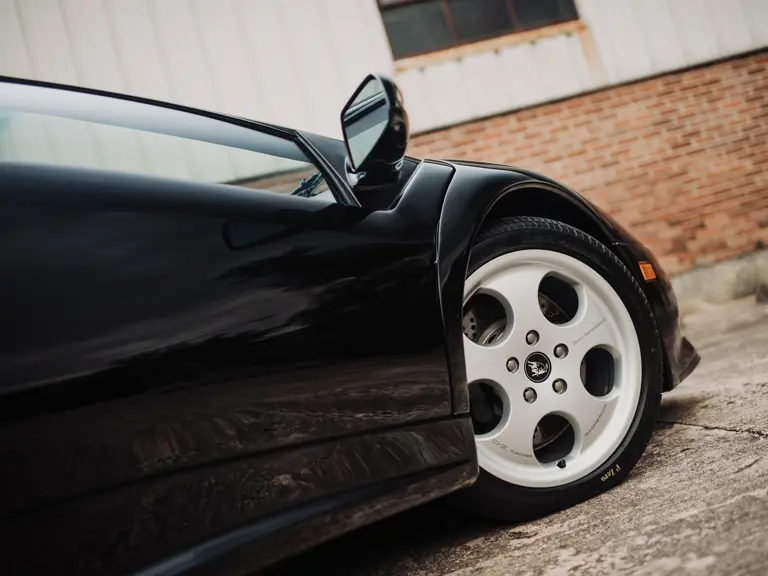
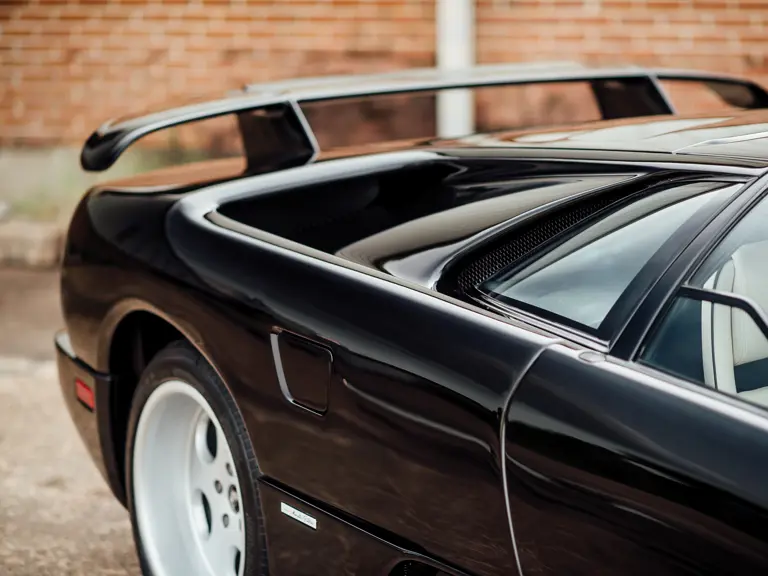
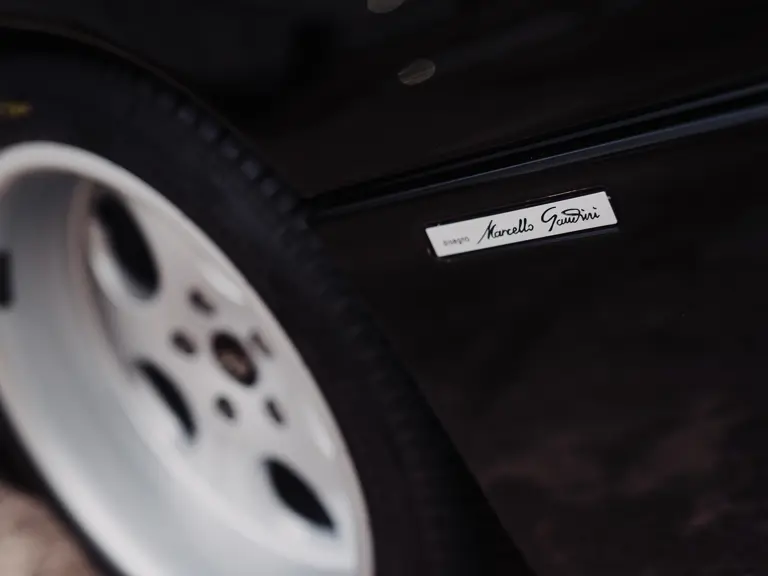

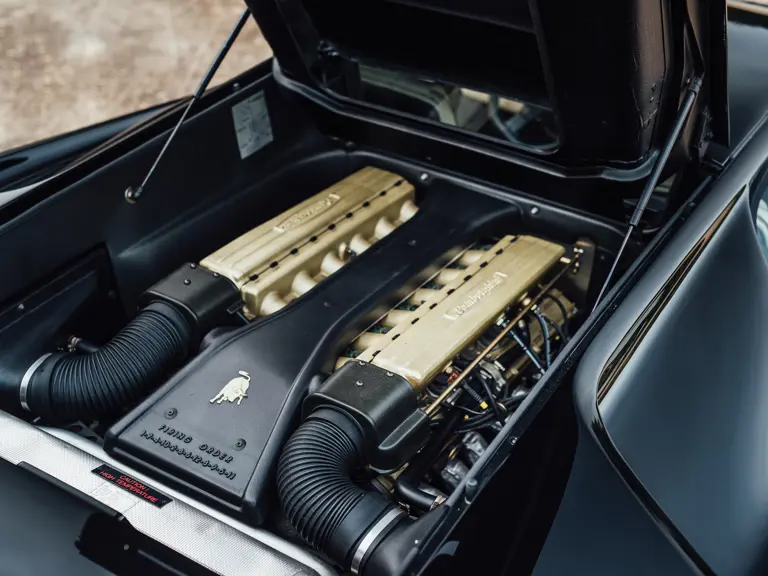
 | Monterey, California
| Monterey, California
